The goal of all craft training is to build new knowledge, skills and abilities in our craft workforce. The best way to ensure this happens is to build programs that include both passive and active forms of learning activities. Passive learning occurs during lectures, videos, readings, and demonstrations. The learner is engaged with the content but only in a passive manner through observation. Passive instruction is a good way to deliver knowledge but doesn’t work on building skill or ability. Active learning, designed to build skill and competency, includes learning activities like group discussions, practice by doing, immediate use in real world simulation or application, and through the teaching of others.
When a skill is new, it is important to use passive instruction to introduce the knowledge of the subject and to pair that with active instruction to practice or implement the skill. Studies show that when passive and active learning are paired together, that retention goes up dramatically. When you compare retention of what workers are told in class and see in a demonstration what they do in simulation and teach to others in groups, after two weeks those doing simulation and teaching will retain 40% more than their counterparts who only learned passively. This data simply reinforces the need for quality on-the-job training programs.
A commercial construction company seeking to build a high quality and productive craft workforce should design craft training programs that couple classroom or jobsite instruction with immediate practice or implementation in the lab or field environment. When craft workers practice new skills and are asked to “teach back” the skills to mentors, supervisors or other craft workers, they more quickly gain skill competency. Want to build a program like this for your craft workforce? C3.is.how.
Construction Career Collaborative, C3, encourages commercial construction companies to standardize the on-the-job (OJT) training they already offer and supplement it with both passive instruction and formalized assessment. Construction has relied heavily on OJT. Formal and informal programs that follow this model couple classroom and OJT into apprenticeship-type learning programs. This produces competent workers who learn and retain what is given to them on the job. C3 offers consulting services and templates to help all C3 Accredited Employers create standardized competency modes and OJT programs for all accredited employers. To schedule a consulting session and begin the design process of your own blended OJT program, contact me at [email protected] or 713.999.1032.
Angela Murphy
Associate Director, People Development, Compliance & Operations

